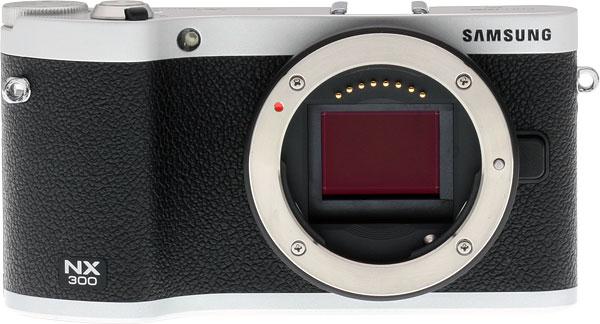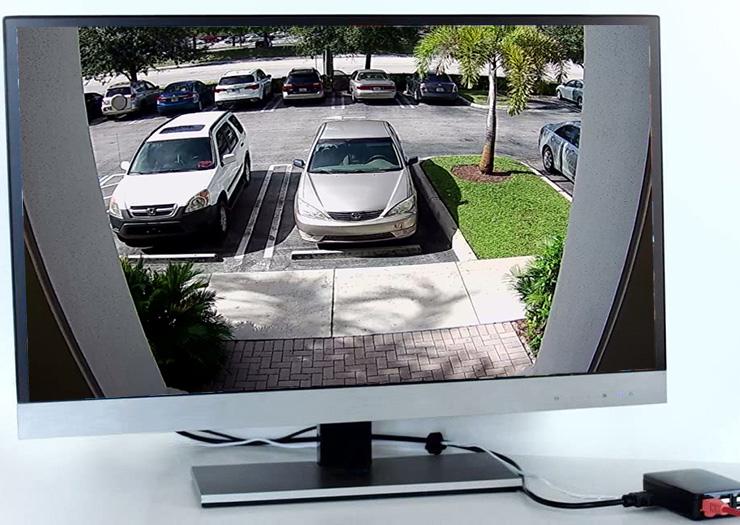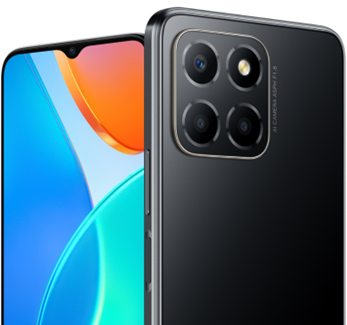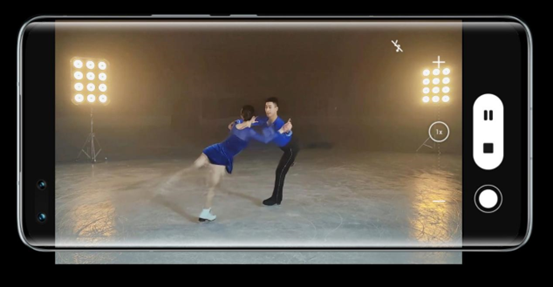Samsung NX300 review
I guess some people are a bit wary of Samsung cameras. Whether they're unsure of the image quality or unsure of the camera's build and design...
03/12/2021
I guess some people are a bit wary of Samsung cameras. Whether they're unsure of the image quality or unsure of the camera's build and design, those who are hesitant can cite truth-based reasons…at least until recently.
Samsung recently took the opportunity to reinvent itself in the camera market. Over the past year or so, they've released a slew of new cameras that reflect Samsung's commitment to digital imaging. Samsung has increased its sensor technology, the quality of its lenses, and the overall speed of its cameras to a point where they are serious contenders in the race for mirrorless cameras. The NX300 leads the Samsung pack with its 20.3-megapixel APS-C sensor, fast autofocus and growing range of high-quality lenses.
The NX300 is the flagship model in the NX camera range, and with good reason. The camera has a large 20.3 megapixel APS-C CMOS sensor and a new hybrid autofocus (phase and contrast) which is fast and reliable. The NX300 has a tilting 3.3-inch AMOLED touchscreen. It also offers users ISO sensitivities from 100 to 25,600 and a respectable continuous shooting speed of 8.6 fps. It has a maximum shutter speed of 1/6000th of a second for better action photography. The NX300 can record RAW or JPG files and accepts SD, SDHC, SDXC and UHS-1 compatible memory cards. The camera has an MSRP of $800 and includes either the 18-55mm or 20-50mm lens. However, we were able to find deals at B&H and Best Buy for $698 and $650, respectively.
Build and design
Maintaining the same basic shape and design as many other NX cameras, the NX300 comes in a variety of colors, including the brown leatherette we reviewed. The camera measures 4.8 x 2.5 x 1.6 inches (WxHxD) and weighs just over 0.7 pounds (11.5 oz). That heft comes from its metal alloy body – a burden we're happy to carry if it means giving up a cheap plastic exterior. The top of the camera features a sleek chrome finish. The camera offers a good-sized grip for its overall dimensions. Carrying the NX300 all over New York was never a problem and my hands or neck didn't get tired from the long shooting session that day.
Ergonomics and controls

The NX300 provides users with an organized user interface that is similar to other NX cameras - logical and simple. All buttons and controls are easy to reach and navigate. The top of the camera houses an on/off switch, a zoom wheel, a mode wheel and a direct link button to access Wi-Fi connectivity. The back of the camera has many buttons including : exposure compensation, direct access to video, menu, function (Fn), display, autofocus, ISO, continuous shutter/timer, playback, delete and OK button. The side of the camera has a door that houses the HDMI cable and charging cord. The bottom of the NX300 has a tripod mount. The battery and SD card slot are also located at the bottom of the camera.
Menus and Modes
I'm always a happy girl when I have a compact mirrorless camera with a shooting mode dial. The NX300 offers that and more. On top of the camera is a simple mode dial with P, S, A and M modes. The dial also houses an auto mode, lens priority (i) mode, smart mode to access a plethora of effects and a Wi-Fi mode for quick uploading to Samsung's mobile link, social media sites or email. The menu consists of 4 easy to navigate pages.
Display/Viewfinder
The NX300 doesn't have a viewfinder, but makes up for it with a crisp 3.3-inch AMOLED LCD touchscreen that's tiltable. The screen has a 768k-dot resolution which displays very well indoors, but can struggle a bit outdoors in direct sunlight. That being said, the screen tilts easily for better viewing when faced with this situation. In the shade, the screen looked great. The Samsung NX300's touchscreen was extremely responsive and I didn't experience any lag. The screen has a field of view of approximately 100%. When composing and viewing images, you can choose to display one of four grids, the histogram, the distance scale, or the icons.
Can't live without a viewfinder? Check out the Samsung NX20 here.




